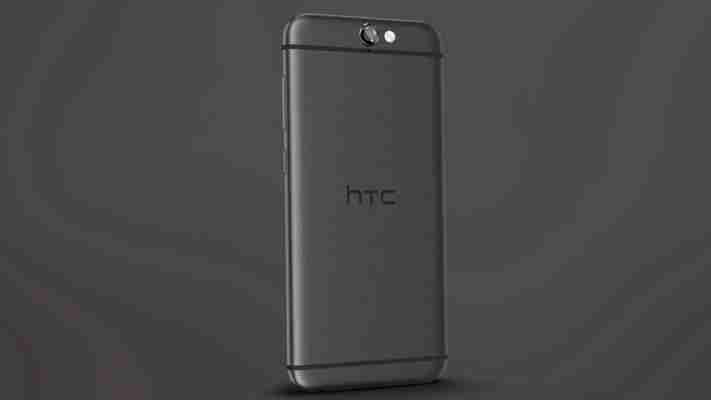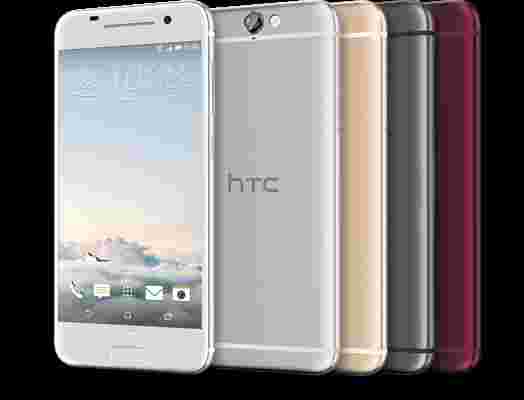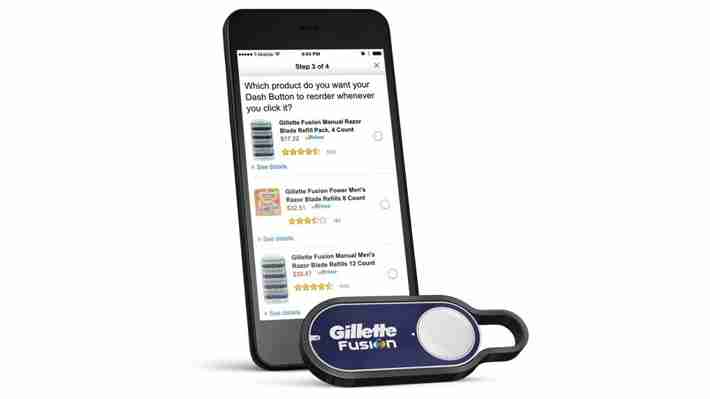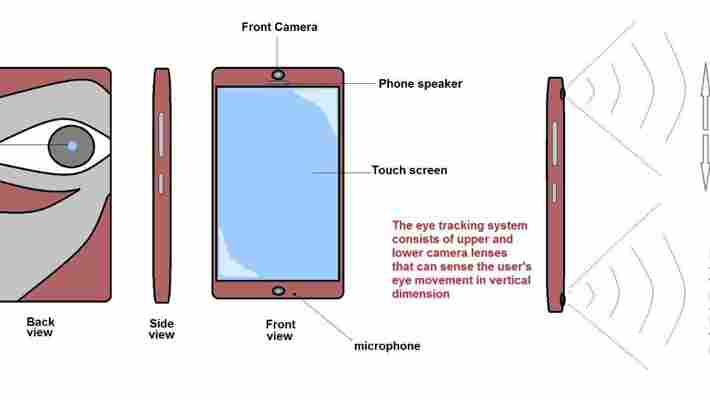Yup, it’s real. HTC just invented an iPhone … but moved the camera over a little.

By the way, it’s named the HTC A9. Where have I heard that name before? Oh yeah, Apple’s A9 chipset in the iPhone 6s.


I mean, yeah, it’s a flatter version of the M8, but there’s no mistaking this is an attempt to replicate Apple’s success with the iPhone 6 design.
Are they even trying, here? HTC talked about how it would release a “trendy” phone in an attempt to pull itself out of its incredible monetary losses , but I hadn’t imagined this.
Does it look like an iPhone to you? Let us know in the comments!
How to use an Amazon Dash button to find your phone
When Amazon launched its inexpensive Dash buttons to let customers order household necessities with one touch, the company unwittingly created one of the coolest DIY electronics components that hobbyist hackers have ever had the pleasure of toying with.

UCLA student Daniel Leybzon has found a way to rejig a Dash button installed in his kitchen to ring his phone when he can’t spot it at home.
To recreate the project, all you’ll need is a Dash button, a cheap Raspberry Pi computer and an internet connection.
It’s a clever solution to an all-too-common problem, and doesn’t cost very much — Amazon recently made Dash buttons virtually free for Prime members and the Pi will set you back by about $20.
Head over to Leybzon’s Medium post to get started.
➤ How I Turned a $5 Button Into a Phone Finder [Daniel Leybzon on Medium]
ZTE’s crowdsourced CSX phone will be crazier than you thought
ZTE announced Project CSX a little over a month ago, a campaign to crowdsource a new kind of mobile device for release next year. But while most assumed it was just accepting crazy suggestions for the PR – which would probably end up building a fairly run of the mill phone with user tweaks – the company is aiming higher than that.

Just look at the top three submissions that were deemed feasible by next year:
Eye-tracking phone with a sticky back
Robotic glove (not even a phone)
Wateerproof VR headset
As far fetched as they may sound, ZTE considers all these concepts achievable by next year. There were crazier ideas that were discarded for being too much of a stretch.
There were also more boring suggestions that read like spec sheet wish lists. Though we’re sure some people would appreciate the ability to define what combination of specs make it into next year’s flagship, ZTE is more interested in a creating a potential game-changer – or at least something unique.
The company is now moving onto the concept design phase, taking submissions until September 30. From October 1 to October 10, the company will call a vote to identify the top concepts, and from the 12th to the 19th, another round of voting will establish the final concept ZTE will start working on.
Personally, the eye tracking system sounds the most practically useful without compromising the traditional cellphone form factor. I’m cautiously optimistic; the company has been amassing a tally of standout devices, including the much lauded Axon 7 , the surprisingly complete ZMAX Pro (a $99 device) and more quirky items like the Spro 2 (a wireless pico projector with a touchscreen).
I don’t expect whatever ZTE ends up building to be the next iPhone, but its a little heartwarming to see a company take user ideas so seriously.
